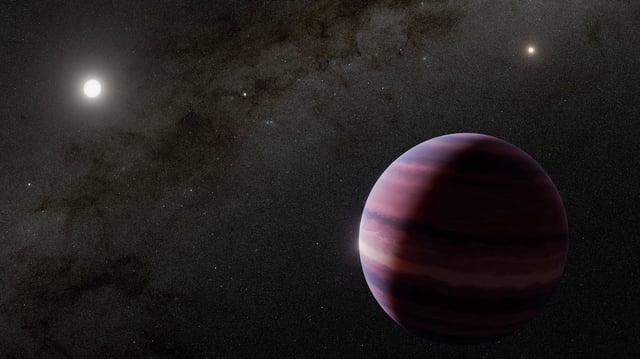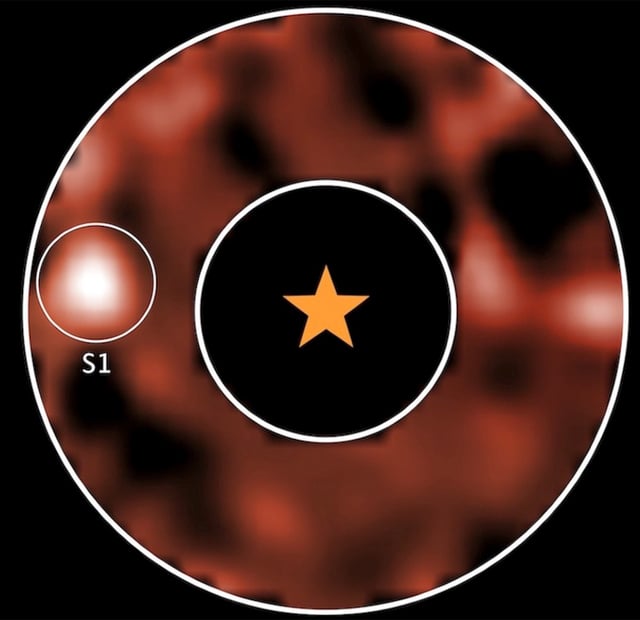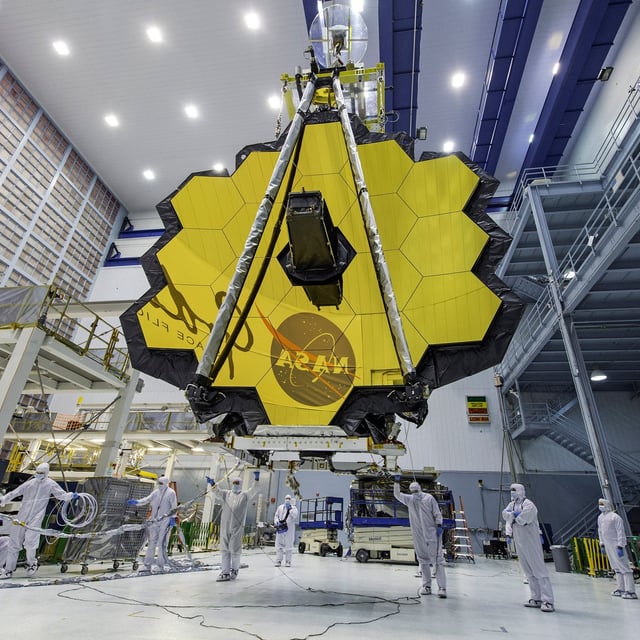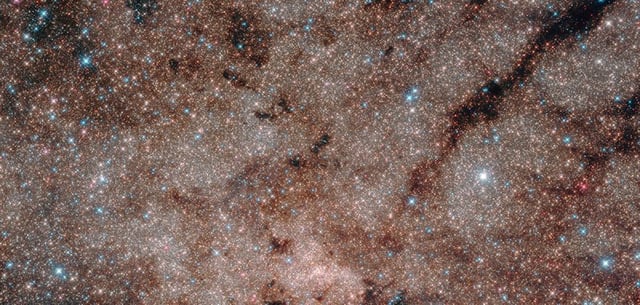Overview
- Researchers first imaged a Saturn-mass candidate around Alpha Centauri A in August 2024 using JWST’s mid-infrared coronagraph to block stellar glare and reveal faint planetary emission.
- Two follow-up JWST campaigns in February and April 2025 failed to detect the object, consistent with models showing it too close to the star during those observations.
- Analysis indicates the candidate’s elliptical, two-year orbit sweeps through most of the habitable zone, making stable rocky worlds there unlikely to survive.
- Astronomers are preparing a dedicated JWST revisit in August 2026 and coordinating subsequent observations with NASA’s Roman Space Telescope by 2027 to confirm and characterize the planet.
- If validated, this would be the first exoplanet directly imaged in the habitable zone of a Sun-like star and the nearest such world to Earth, challenging models of planet formation in binary systems.



